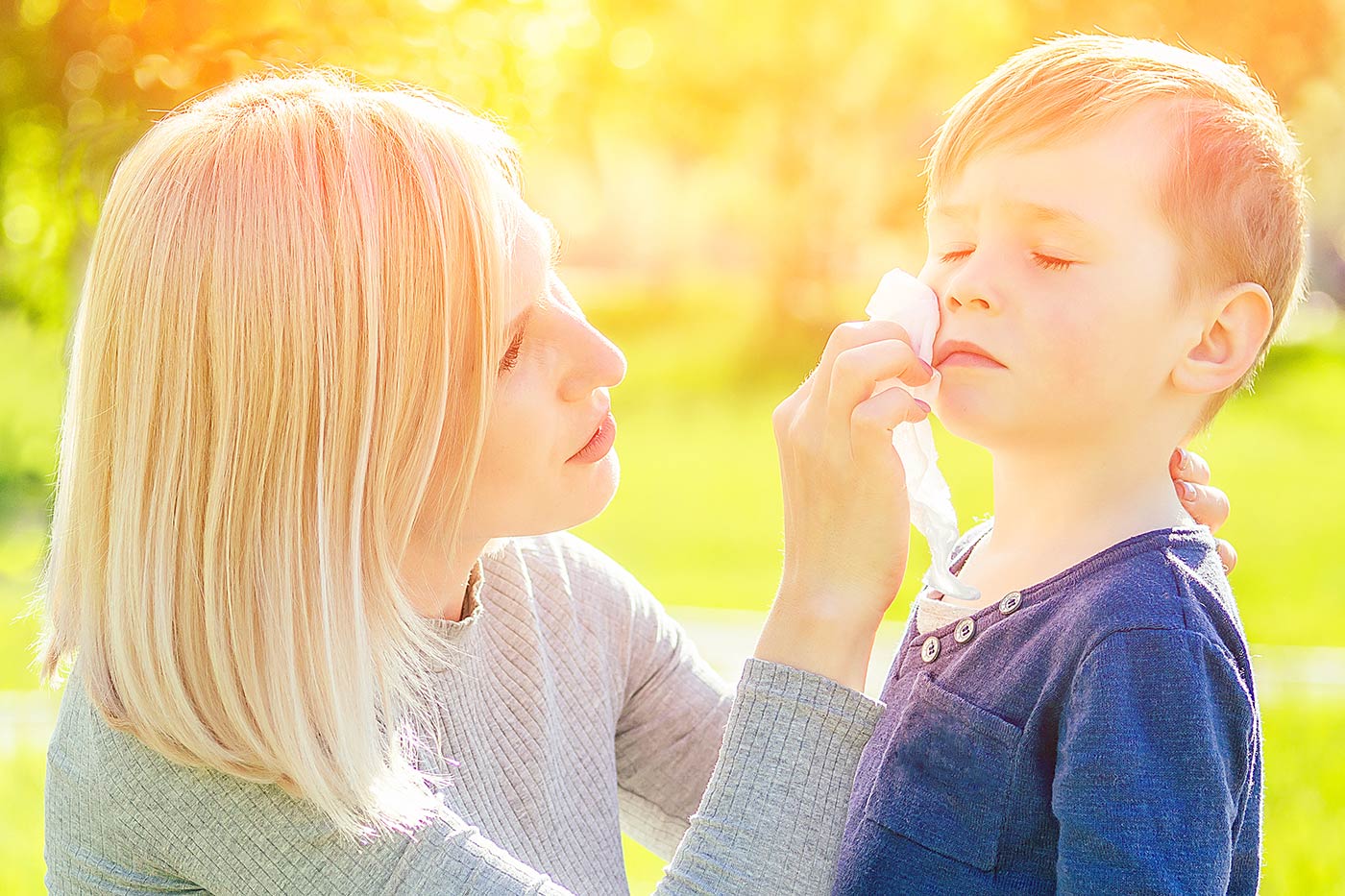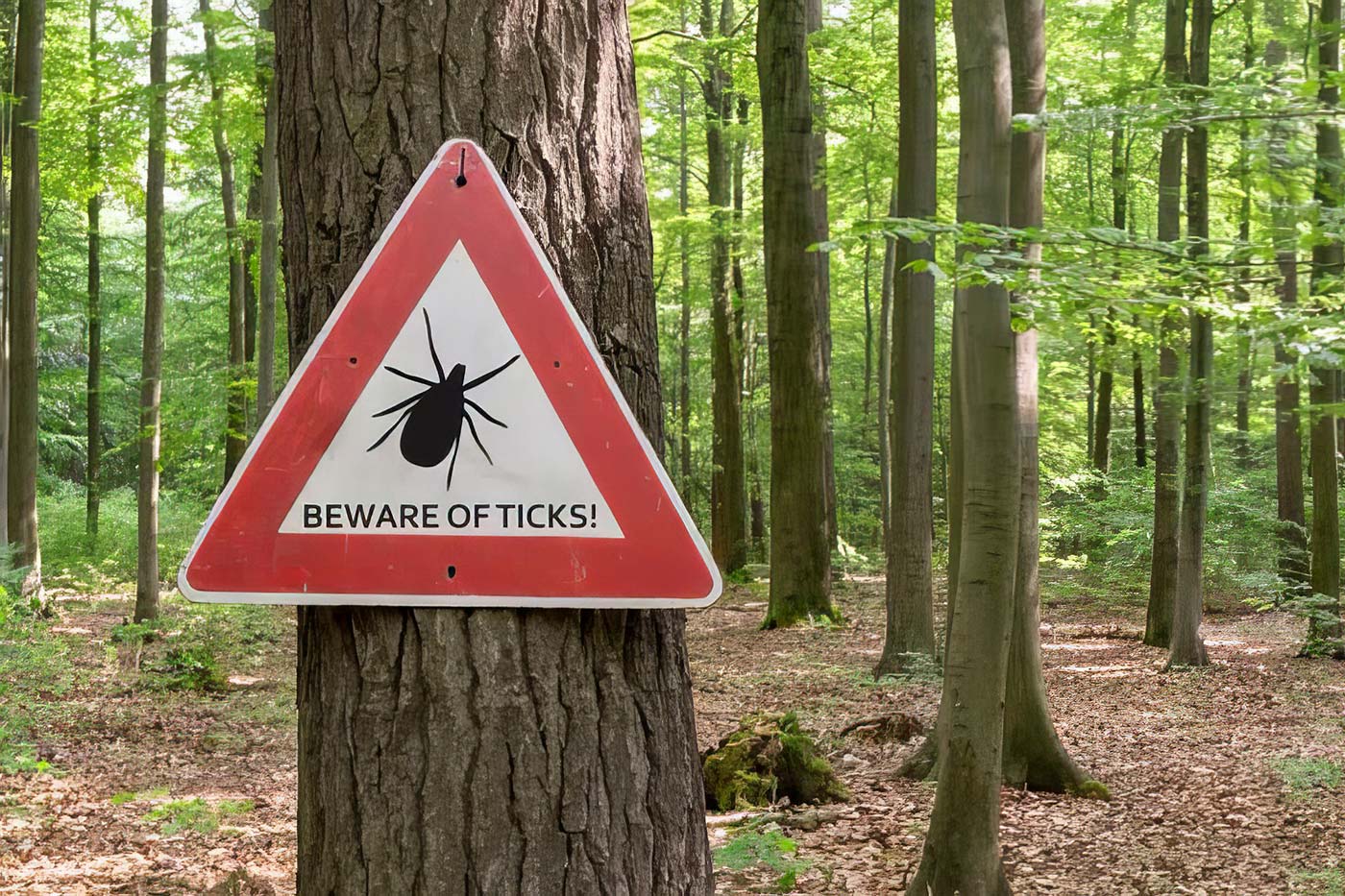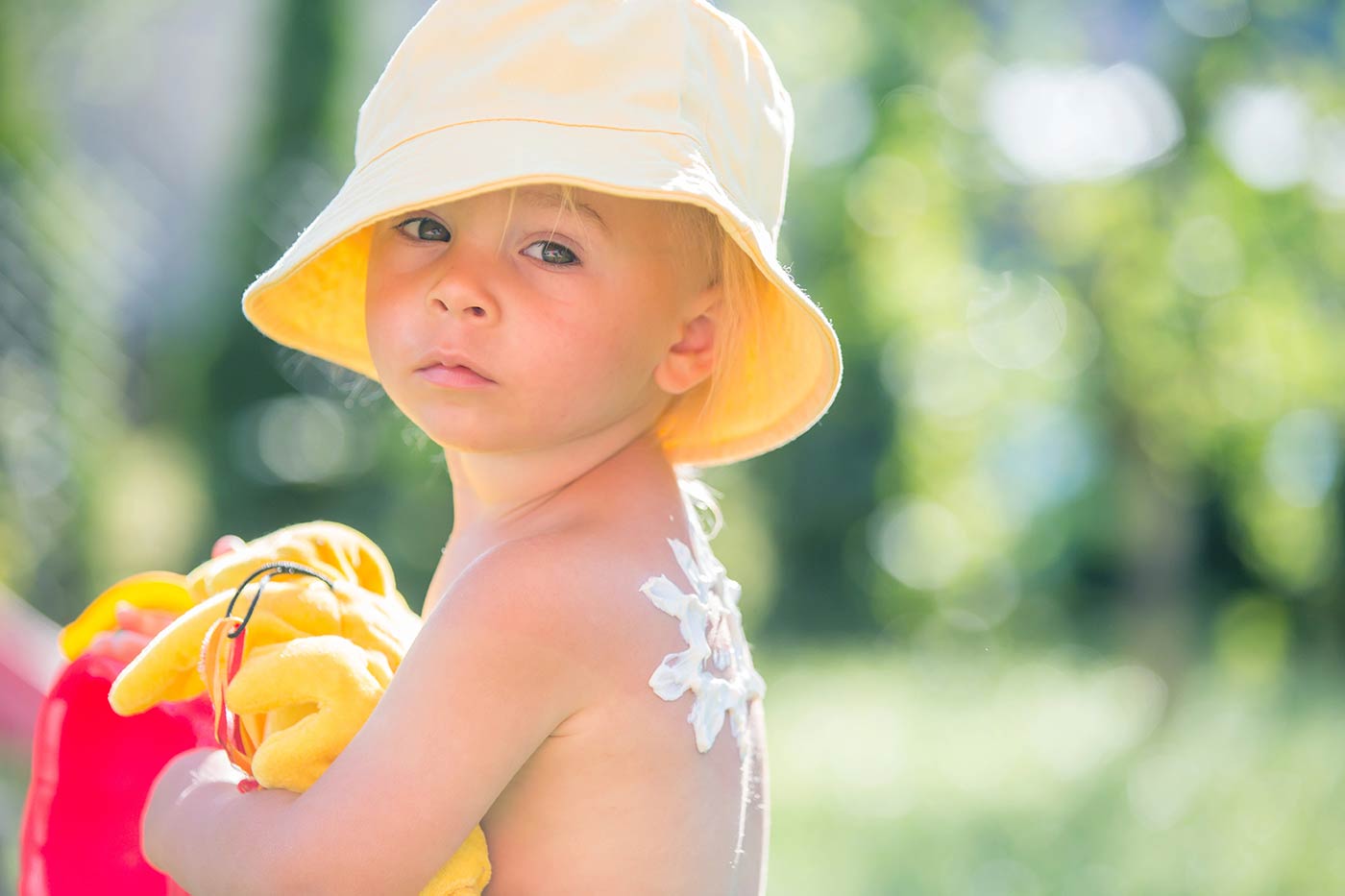Spring means blooming flowers and outdoor fun, but for some kids, it also brings itchy, red rashes from pollen in the air. As a parent, I’ve learned that allergic contact dermatitis from aeroallergens—tiny pollen particles floating around—can be sneaky, especially when it comes from flowers like daisies, chrysanthemums, or sunflowers (all part of the Compositae family). Here’s what you need to know to keep your kid’s skin safe this season, based on advice from the American Academy of Dermatology.
What Are Aeroallergen Rashes?
Unlike rashes from touching plants, aeroallergen rashes happen when pollen lands on your child’s skin, triggering an allergic reaction. Compositae flowers, common in spring gardens and fields, are major culprits because their pollen contains allergens like sesquiterpene lactones. Think daisies, chrysanthemums, ragweed, and sunflowers—pretty, but pesky! These rashes can look like your kid got hit in the face with baking flour, showing up as red, itchy patches or tiny bumps.
The Sneaky ‘Flour-in-the-Face’ Pattern
Aeroallergen rashes are unique because they hit exposed areas—think face, neck, arms, and hands—where pollen lands most, but skip covered spots, like under shirts or socks. On the face, you might see redness around the eyes, cheeks, and forehead, but not under the chin or behind the ears, where clothes or hair block pollen. Pretend you are making banana bread with your kids and you take a handful of baking flour right to the face. This is what I call the “flour in your face” pattern (exposed vs. covered skin) and it can be a clue that the cause of the rash is pollen-in-the-air related, and not “classic” eczema.
Step 1: Wash and Soothe
If you suspect a pollen rash, rinse your child’s skin with cool water and mild soap right away to wash off allergens. For itchy spots, use a cold compress and over-the-counter hydrocortisone 1% ointment – being careful to not get the medication in and around the eyes themselves. Avoid scratching, as it can lead to infection.
Step 2: See a Doctor if Needed
If the rash spreads, blisters, or doesn’t improve in a few days, see a board-certified pediatric dermatologist or dermatologist. They might suggest patch testing—a diagnostic tool where small amounts of allergens, like Compositae pollen, are applied to the skin to identify triggers. This can help confirm if flowers are the cause, especially for tricky airborne rashes.
Spring Tip for Parents
Spring is peak pollen season, so limit your kids’ exposure to Compositae flowers—think twice before letting them roll in daisy fields or pick chrysanthemums! Keep windows closed on high-pollen days, and avoid drying clothes outside, as pollen can stick to fabrics. After outdoor play, rinse off pollen with a quick shower, and wash clothes to avoid spreading allergens. Make it a habit to wash your child’s face as soon as they come indoors—use lukewarm water and a gentle, fragrance-free cleanser, focusing on exposed areas like the forehead, cheeks, and neck, to remove pollen before it causes a reaction. Make sure to also use a quality, fragrance-free moisturizer to strengthen your child’s skin barrier. You can also consider a pollen app to track high-pollen days; here are a couple of good ones: My Pollen Forecast; Pollen.com’s Allergy Plus; WebMD Allergy, and the Weather Channel App.
For more kids’ skin safety tips, listen to our latest Don’t Be Rash podcast episode!




